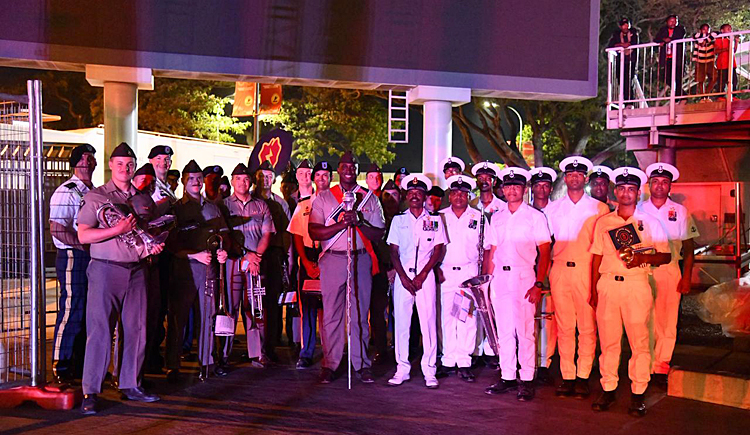INDIAN ARMED FORCES CHIEFS ON OUR RELENTLESS AND FOCUSED PUBLISHING EFFORTS

The insightful articles, inspiring narrations and analytical perspectives presented by the Editorial Team, establish an alluring connect with the reader. My compliments and best wishes to SP Guide Publications.

"Over the past 60 years, the growth of SP Guide Publications has mirrored the rising stature of Indian Navy. Its well-researched and informative magazines on Defence and Aerospace sector have served to shape an educated opinion of our military personnel, policy makers and the public alike. I wish SP's Publication team continued success, fair winds and following seas in all future endeavour!"

Since, its inception in 1964, SP Guide Publications has consistently demonstrated commitment to high-quality journalism in the aerospace and defence sectors, earning a well-deserved reputation as Asia's largest media house in this domain. I wish SP Guide Publications continued success in its pursuit of excellence.
- Indian Air Force Aims for Full Indigenous Inventory by 2047 — Air Chief Marshal A.P. Singh
- General Upendra Dwivedi takes over as the Chief of the Army Staff
- Rajnath Singh assumes charge as Defence Minister for the second consecutive term
- Admiral Dinesh K. Tripathi assumes Command of the Indian Navy as 26th Chief of the Naval Staff
- Prime Minister witnesses 'Bharat Shakti' – a Tri-Services Firing and Manoeuvre Exercise in Pokhran, Rajasthan
Visit of INS Kadmatt to Papua New Guinea
As part of the 50th Independence Day celebrations of Papua New Guinea, the Indian Navy Band, embarked on Indian Naval Ship Kadmatt, participated in the grand Military Tattoo at Port Moresby.
The event witnessed bands from several nations coming together, symbolising unity, discipline, and shared heritage through the universal language of music.
The Indian Navy Band presented a repertoire of martial tunes and Indian melodies, earning admiration from dignitaries and the audience alike. Their stirring performance showcased India's vibrant cultural ethos and reaffirmed the longstanding maritime bonds with the Pacific nations.
During the visit, the crew of INS Kadmatt paid solemn homage at the Bomana War Cemetery, honouring the valour and sacrifice of the fallen heroes of World War II, including many unsung Indian soldiers. This gesture underscored the shared history and sacrifices that bind nations across oceans and generations.
The memory of those heroes serves as a source of strength, reinforcing the collective resolve to uphold the ideals of Duty, Honour, and Courage - always and every time.







